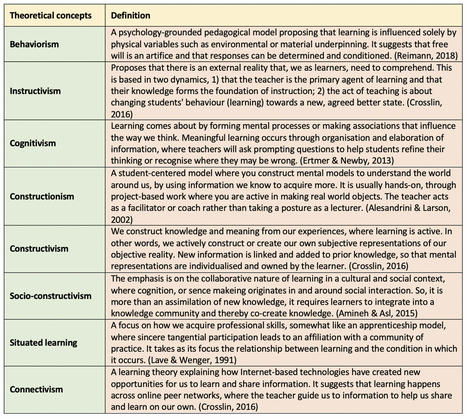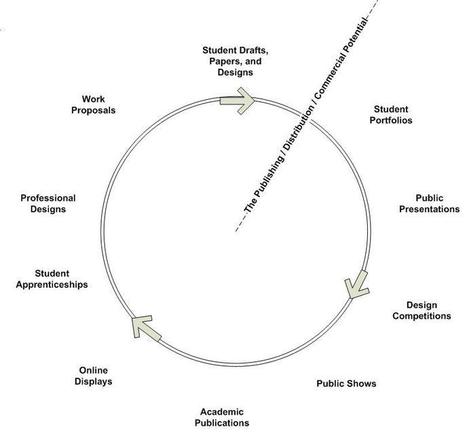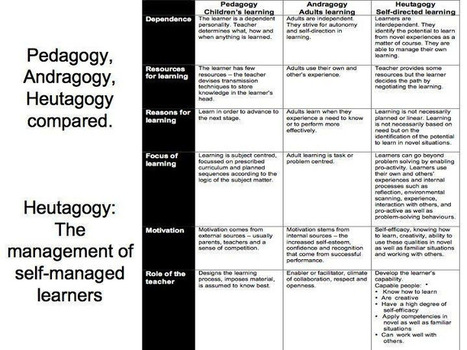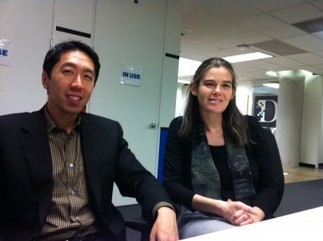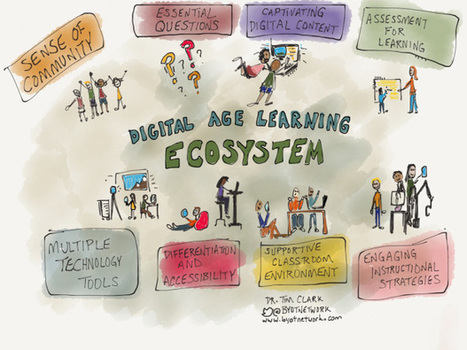There seems to be something in the water at Stanford University that's making faculty members leave their more-than-perfectly-good jobs and go online.
Stanford computer science professors Daphne Koller and Andrew Ng are on leave to launch Coursera, which will offer university classes for free online, in partnership with top schools.
Compared to Udacity, a similar start-up from former Stanford professor Sebastian Thrun that’s creating its own classes, Coursera helps support its university partners in creating their own courses, which are listed under each school’s brand.
Some might doubt that universities would want to share their prized content for free online with a start-up, but Coursera has already signed up Princeton, Stanford, the University of Michigan and the University of Pennsylvania as partners, with a set of classes launching April 23.
Koller and Ng are particularly committed to developing pedagogy for this new medium, and have built their own course software and student forums. They describe their philosophy as similar to that of Salman Khan and the Khan Academy, where students are encouraged to take the time to master material at their own pace.
Coursera students help other students — in the fall, the median response time to a question asked on the class forum was 22 minutes — and the system will also learn from the students.
For instance, 2,000 of the 20,000 or so students in Ng’s online class had the exact same wrong solution on one problem set, he said. That’s an opportunity to recognize what’s happening, and to teach those students in that moment.
Koller and Ng have also conceived of an ambitious plan to grade humanities classes with thousands of students enrolled.
Coursera’s content is naturally heavy on computer science — where problem sets are fairly straightforward to grade — but it will also offer poetry, sociology, and medical courses. These classes will be graded crowdsourcing style, with peer assessment and review. Figuring out how to grade masses of assignments on a subjective scale is a machine learning problem, Ng said.
Via
susangautsch



 Your new post is loading...
Your new post is loading...

